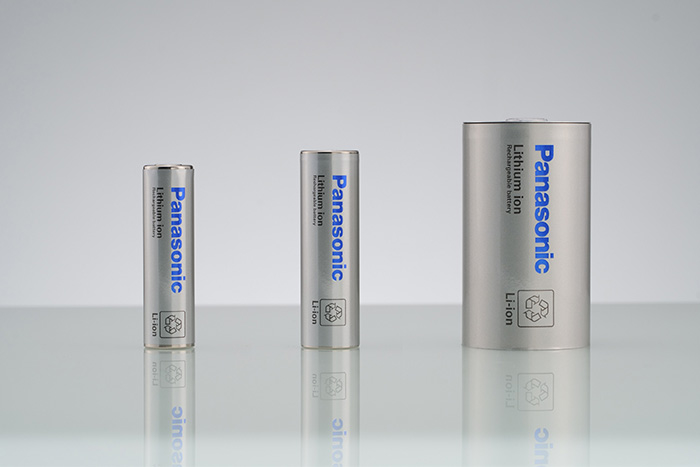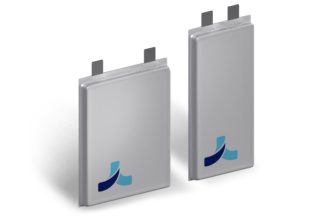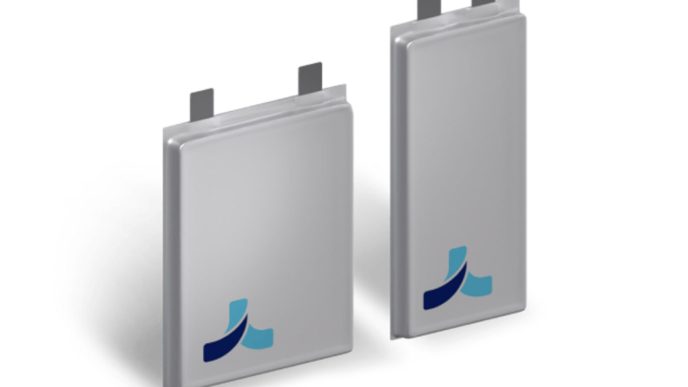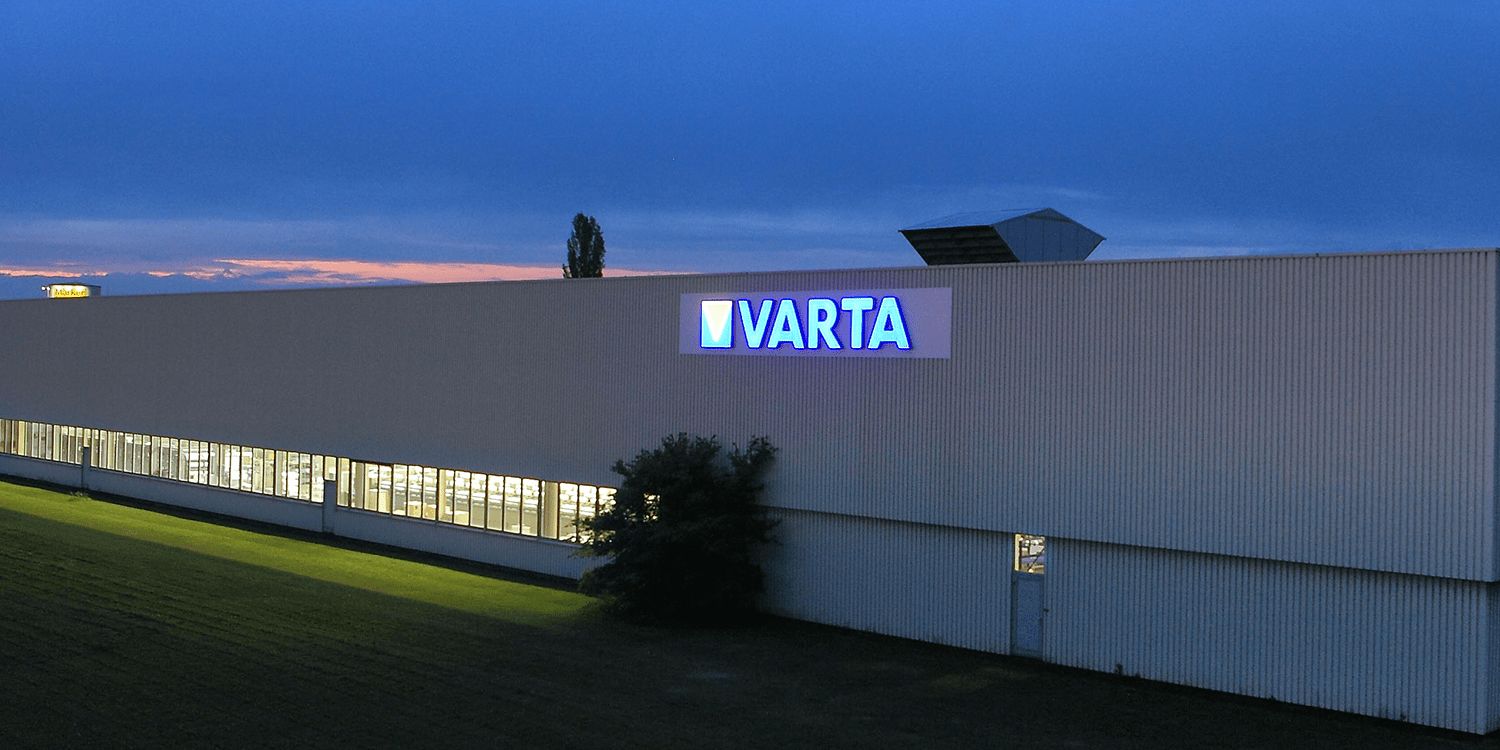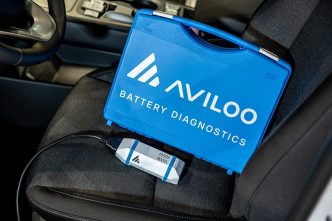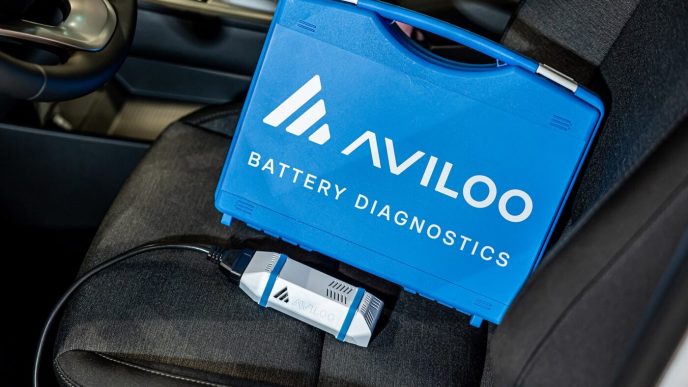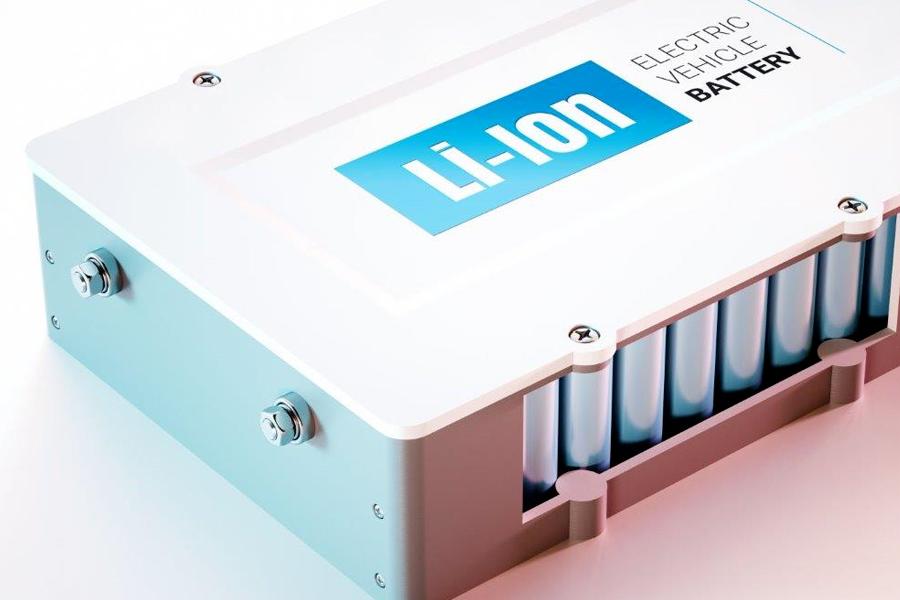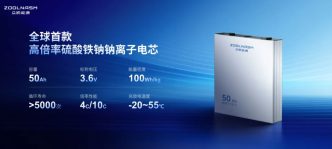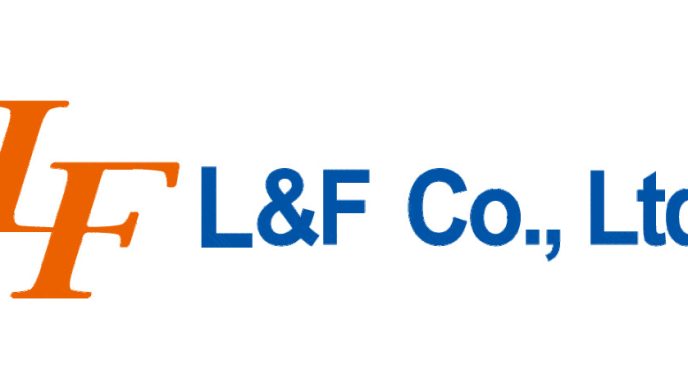Japan’s Panasonic Holdings reported a robust 42% increase in operating profit for its battery-making energy unit in the second quarter, driven by strong sales of energy storage systems for data centers. This positive performance helped offset a decline in demand for automotive batteries, particularly for electric vehicles (EVs). Operating income for the segment, which manufactures batteries for Tesla (TSLA.O) and other automakers, reached 32.7 billion yen ($213.82 million), despite a reduction in profits from the in-vehicle battery business.
Despite the promising quarterly results, Panasonic has maintained its full-year operating profit forecast for the energy unit at 109 billion yen. The company noted challenges in the form of declining sales in Japan, heightened development costs associated with acquiring new customers, and increased ramp-up expenses for factories located in Kansas and Wakayama, Japan.
In a significant development, Panasonic Energy recently announced that it had finalized preparations for mass production of its innovative 4680 batteries at its Wakayama facility. This new battery design is expected to enhance the driving range of EVs while allowing manufacturers to utilize fewer cells for the same battery pack capacity.
As part of its growth strategy, Panasonic is expanding its footprint in the North American market, with plans to establish a second U.S. plant in Kansas that is slated to begin production in early 2025. This complements its existing facility in Nevada, which supplies batteries to Tesla. The company faces competition from other major Asian battery manufacturers, including China’s CATL and South Korea’s LG Energy Solution. Notably, LG Energy recently expressed a cautious outlook for revenue growth next year due to a slowdown in EV demand.
In addition to its energy unit forecasts, Panasonic has also reaffirmed its full-year profit projection for the overall business at 380 billion yen, demonstrating the company’s resilience amidst a rapidly evolving market landscape.

